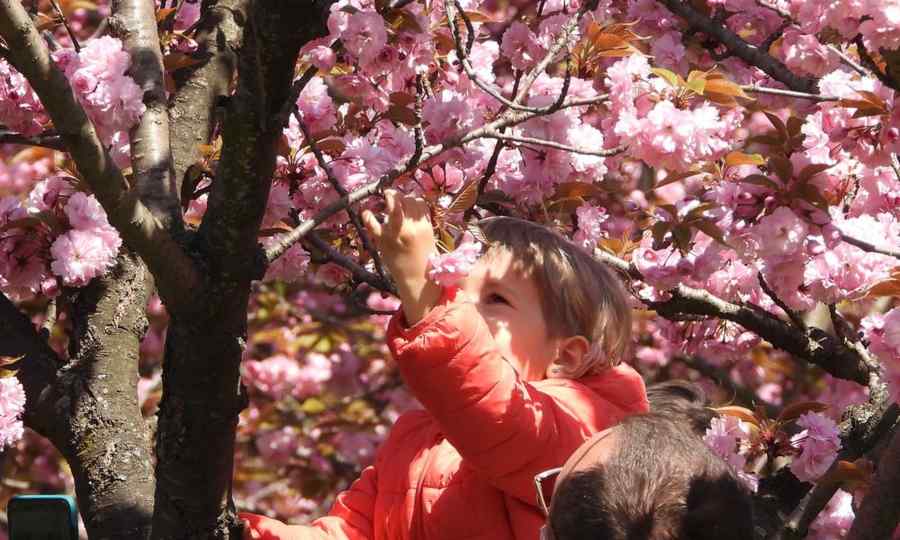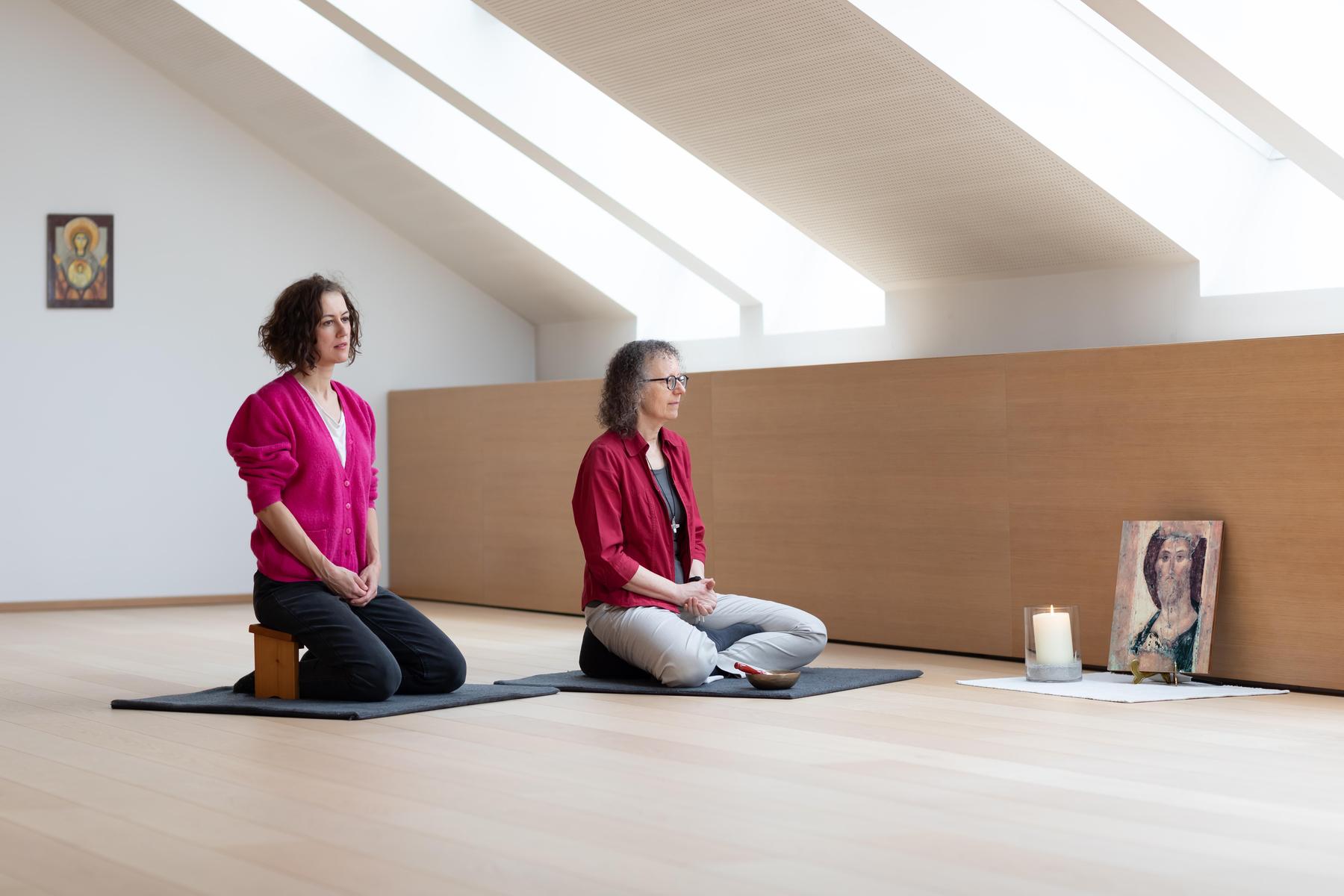Discovery in pain relief

Nature, even in virtual form, can mitigate pain by reducing brain activity related to its perception, a discovery that could improve its management in a simple way, according to a study.
The benefits of nature for health and in particular pain management have been subject to numerous research.
Over 40 years ago, a pioneering study by American Roger Ulrich showed that hospital patients were using fewer analgesics and recovered much faster when their windows gave a green space, rather than a brick wall.
But « until now, the reasons for the basis of this effect were a little clear, » notes in a statement Max Steininger, a researcher at the University of Vienna and the main author of the study published on Thursday in Nature Communications.
In this case, the subjective aspect of both nature and pain. Is the soothing nature or the placebo effect induced by its alleged benefits? Or the fact that we prefer to look at landscapes that we perceive as beautiful? If not natural landscapes have reduced pain, but urban environments that increase it?
Another difficulty: the complex mechanisms related to pain management by the brain.
Certain areas are involved in the perception of pain, 'nociception'. They allow an individual to identify the origin of a painful stimulus in the body, its intensity and the type of pain perceived.
But the reaction to this information, such as the feeling of dissatisfaction with the stimulus, the inclination to adopt protective behaviors or the regulation of pain related affections is managed in other areas of the brain, such as prefrontal cortex.
The study authors sought to find out to what extent these different areas were affected by exposure to natural, urban and interior landscapes. To do this, they recorded the brain activity of a group of 49 volunteers using an MRIF scanner (functional magnetic resonance imaging).
The subjects looked at different images while receiving a series of more or less painful electric shocks on the back of the left hand.
The first scene represented a natural landscape, a lake surrounded by trees that were moving in the wind, everything accompanied by background music that simulated the sound of the leaves and the song of the birds.
In a second, urban elements (buildings, banks, alley) were added and the sound fund was replaced with typical noises of a city.
The volume and composition of the two images were calibrated to induce an aesthetic attraction similar to the participants.
Finally, a third visual represented an interior: an office with a computer, furniture and fan, again accompanied by appropriate sounds.
Not only did the participants say they felt less pain when they were looking at the natural landscape, but the scans also showed a difference in brain responses.
« Our study is the first to provide evidence that this is not just a placebo effect, » Steininger said.
Specifically, the exposure to nature has decreased the response in the areas involved in nociception, while the areas associated with the pain regulation have not been significantly affected.
For authors, these results could be explained by the fact that natural environments contain elements that captivate human attention in a unique and effortless way, diverting attention from the sensation of pain, a thesis known as 'the theory of restoring attention' in psychology.








